The Deutsche Kinematek (Cinematheque), the Museum for Film and Television, is located at Potsdamer Platz. Here you can discover an interesting permanent exhibition and regular temporary exhibitions on the subject of film and television.
About the Cinematheque
The Deutsche Kinemathek opened in 1963, with several purchased collections serving as its cornerstone. They contained films, documents and film-technical materials, among other things. From 1971, the Deutsche Kinematek had a permanent location in the Deutschlandhaus. Over time, the collection continued to grow through further purchases, donations or exchanges and developed into one of the most important film history collections in Europe.

The aim of the Stiftung Deutsche Kinemathek is to document the history of film and television. In addition, it aims to promote the scientific and educational examination of the subject. The archiving, reconstruction and restoration of films that are significant in terms of film history is also one of the focal points of the Deutsche Kinemathek’s work. About 26,000 German and international silent and sound films belong to the collection.
The Cinematheque also has the largest specialised academic library on film and television in Germany.
Since September 2000, the Deutsche Kinemathek has been located in the Filmhaus at Potsdamer Platz and has opened the Filmmuseum Berlin there. Since 2006, the Television exhibition has been attached. This led to the renaming as Deutsche Kinemathek – Museum für Film und Fernsehen.

Museum for Film and Television
I was really looking forward to my visit to the Museum of Film and Television. After buying your ticket on the ground floor, you take the lift to the upper floors. But before I even went into the exhibitions, I first enjoyed the view of the Sony Center’s inner courtyard.
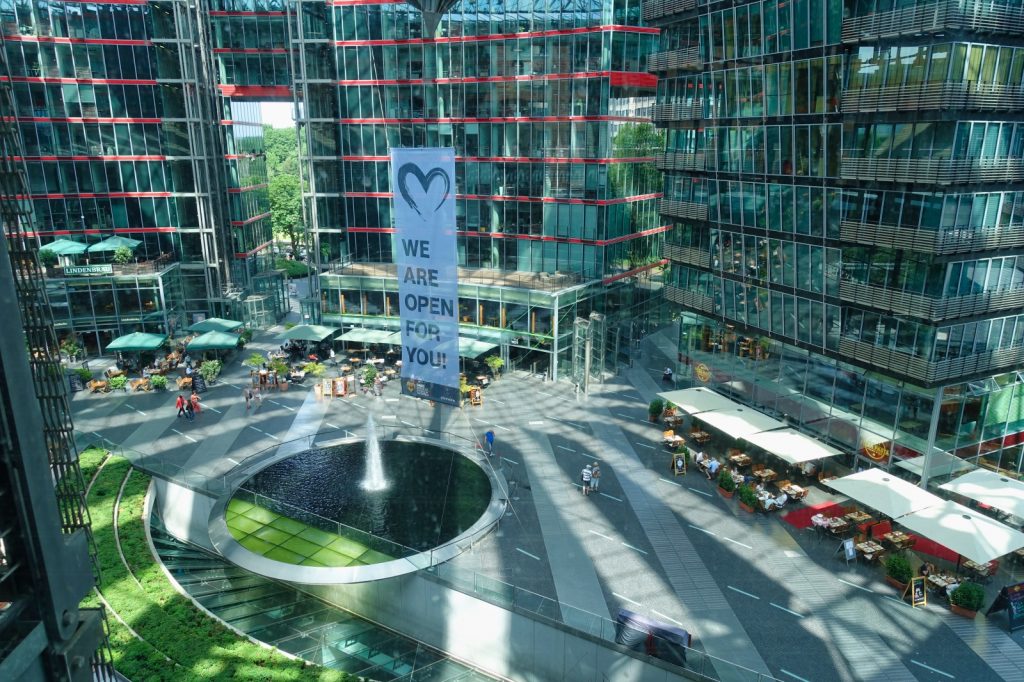
I began my tour in one of the special exhibitions.
Burn marks – film posters from the salt dome
I enter a room on the fourth floor of the building and learn something about the history of the Reichsfilmarchiv. This was the first central German state film archive, founded in 1934. During the Second World War, cultural assets were moved to places where they were protected as much as possible from the consequences of war. The Reichsfilmarchiv was also relocated.
Some of the material was found in Grasleben, a salt mine. In 1945, US agents entered the mine to find the archive. To this day, it is not known what all the Americans took, as the inventory lists no longer exist. In addition, there was a fire in the mine in June 1945 that damaged the stored art objects. The film posters, which can be seen in the second part of the exhibition, were also damaged.

The restored posters can be discovered in the special exhibition at the Museum of Film and Television.
There are 24 posters in total, most of which I found really beautiful. They advertise films from the years 1916-1934. I’m particularly thrilled that the posters are drawn. I find them visually much more interesting than some film posters today.
A really successful exhibition.
Permanent exhibition at the Museum of Film and Television
The museum’s permanent exhibition extends over two floors and is really very diverse and varied. When you enter the entrance, you find yourself in a seemingly huge room full of mirrors and several televisions showing small film sequences. A great visual effect is achieved in this room.
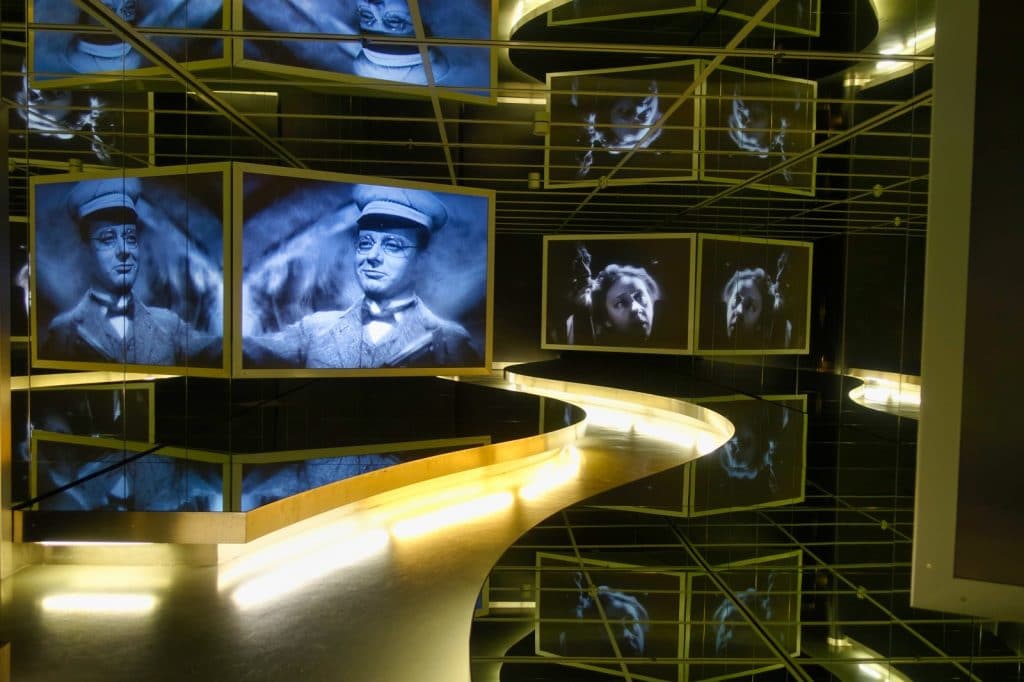

A little later, I discover a section in one room about Henny Porten. She was the first German film star (1890-1960) and my grandpa was a great admirer of her art. Henny Porten’s grave is in the Kaiser Wilhelm Memorial Cemetery in the Westend district.

I was thrilled by the section of the exhibition dealing with the film Metropolis. The science fiction/drama film from 1927 is a German monumental silent film. Among other places, this film was shot in Berlin Staaken in an airship hangar and in specially built halls in Babelsberg. The images of the buildings in the film were extremely futuristic for that time. Today you could easily see them in a modern city.

A large section of the exhibition deals with the works and life of Marlene Dietrich. The Berlin actress who made her career in Hollywood in the early 1930s and is one of the most famous actresses of her time.

I found the section of the exhibition dealing with the 1936 Summer Olympics in Berlin very interesting. Olympia is the title of a staged propaganda film by German director Leni Riefenstahl from 1938.

The journey through time in the Museum of Film and Television then continues with film under National Socialism, film in exile, films of the post-war period up to the present. In all areas of the permanent exhibition, you can discover information on the history of production, film equipment, photographs, advertising products,….

There really is a lot to see and discover when you travel back in time through the world of film.
Address:
Filmhaus am Potsdamer Platz
Potsdamer Straße 2
10785 Berlin
Website
Opening hours:
Wednesday-Monday: 10-18 h
Thursday: 10-20 h
Tuesday: closed
Admission fees:
Adults (day ticket): 9,-€.
Discounts are available.
Admission to all exhibitions is free on Thursdays from 4 to 8 pm.
Disclosure: The visit to the Deutsche Kinemathek – Museum für Film und Fernsehen was made possible free of charge. The photos were taken with the permission of the press office. Thank you very much! The report was written independently of my visit and shows my impressions.









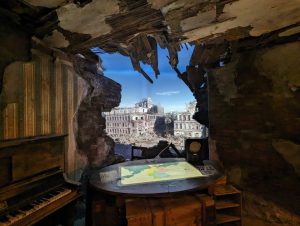






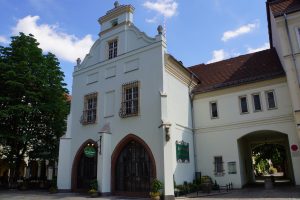














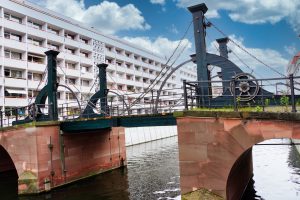
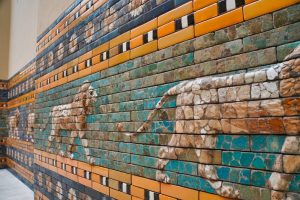



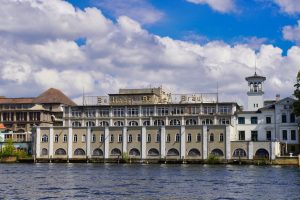



























































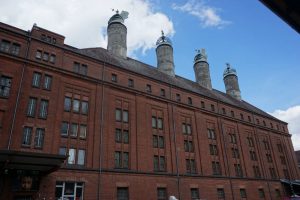





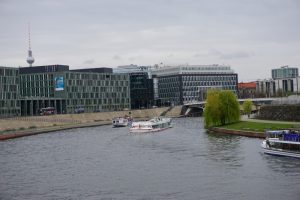









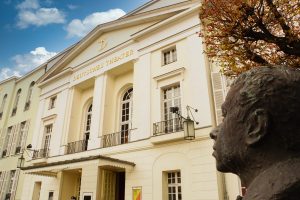


















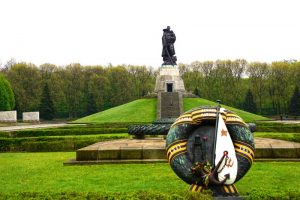














Leave a Reply